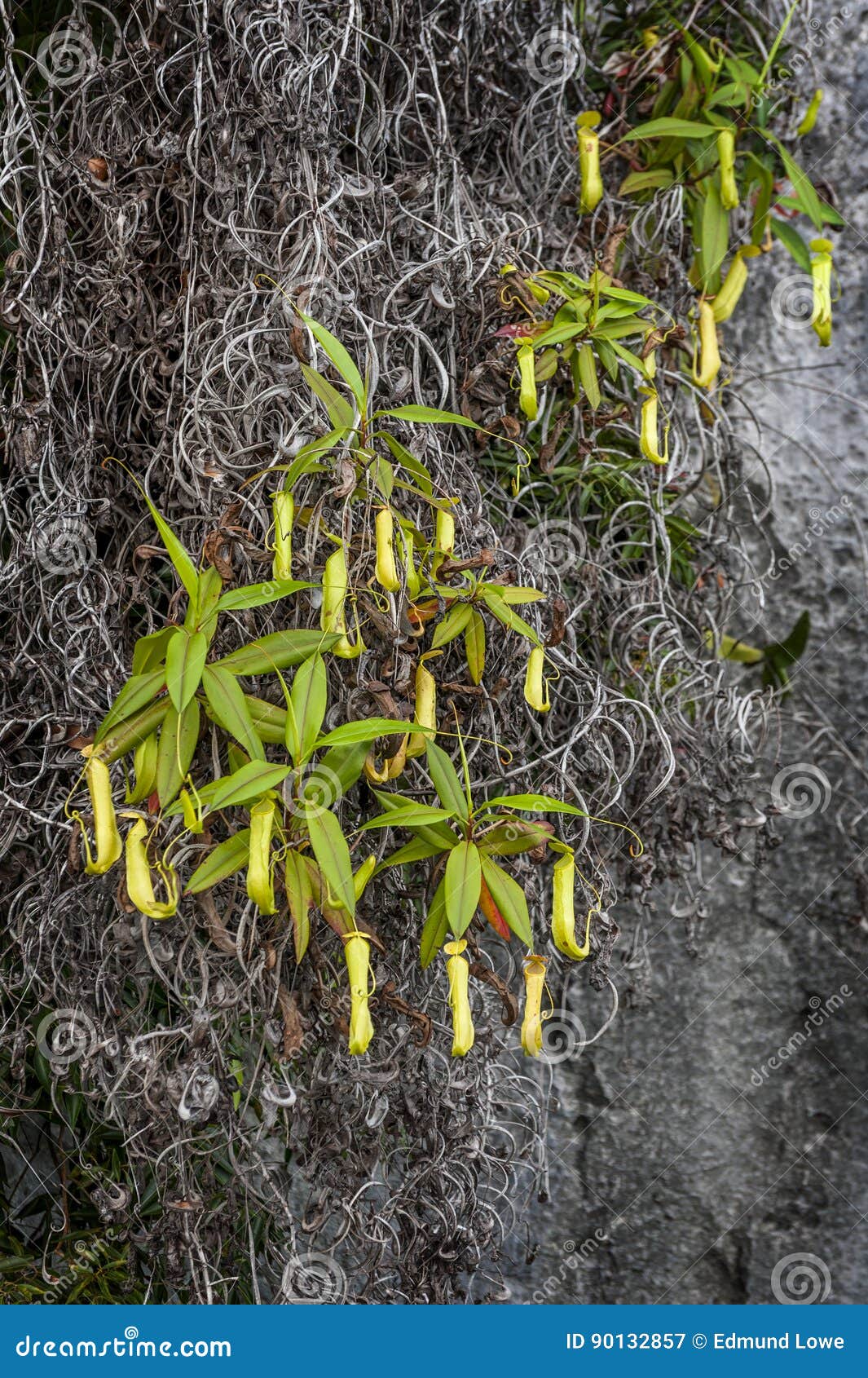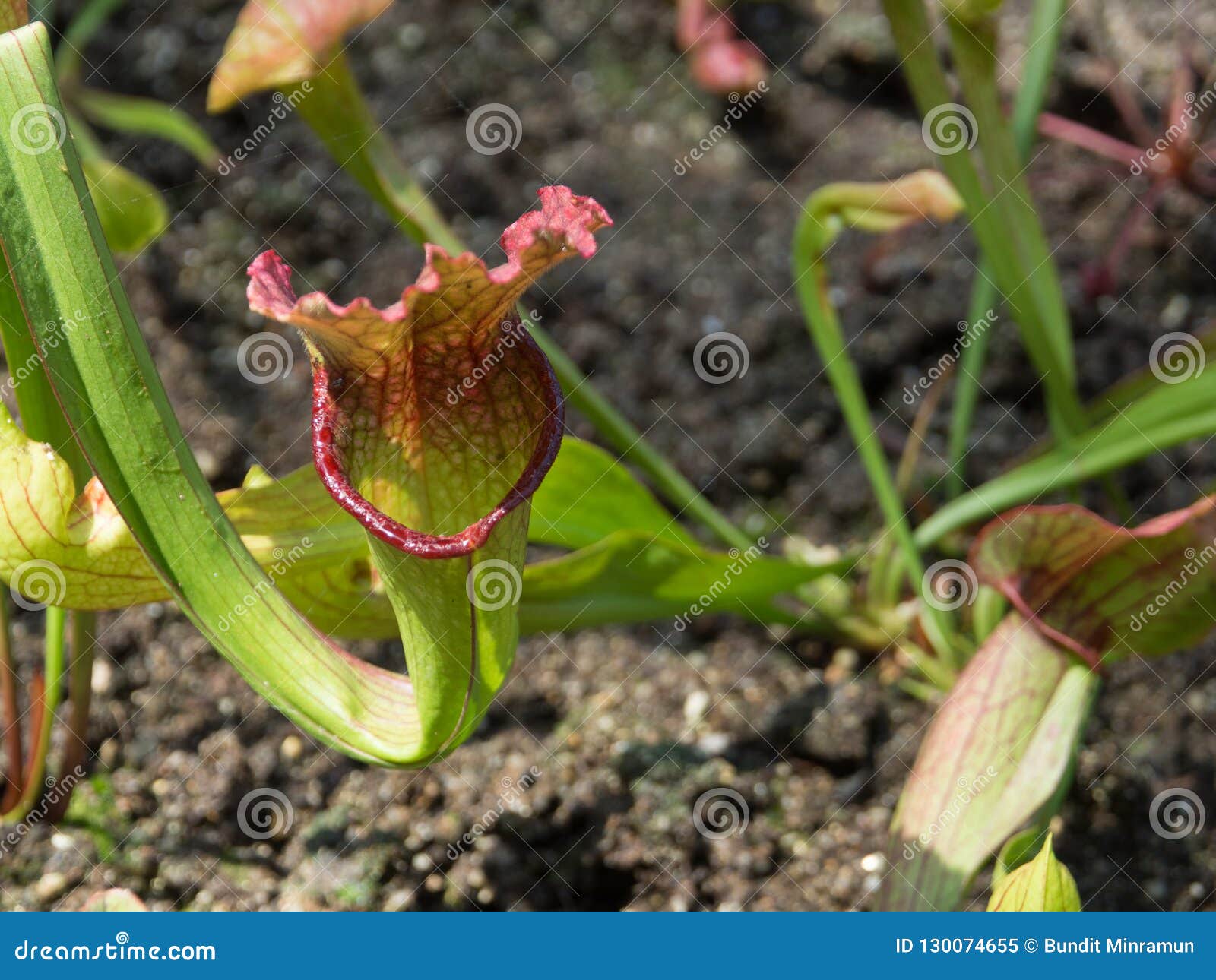
The REAL price of your throwaway fast fashion: Shocking images reveal the MOUNTAINS of cheap clothes dumped.Scientists published their work in the journal PhytoKeys. 'We hope that the discovery of this unique carnivorous plant might help protect Bornean rainforests, especially prevent or at least slow the conversion of pristine forests into oil palm plantations,' concludes Wewin Tjiasmanto of Yayasan Konservasi Biota Lahan Basah, who helped discover the new species. 'This discovery is important for nature conservation in Indonesian Borneo, as it emphasizes its significance as a world biodiversity hotspot. Pictured is a habit (A), lower pitcher (B), infructescence (C), male inflorescence (D) and detail of a climbing stem with a leaf (E)ĭuring a trip to the area, researchers saw plants that were Nepenthes but didn't produce pitchers.Īs they continued to explore that area and found more, they eventually realized that they'd discovered a species that targets the underground environment. Researchers hope their work inspires more conservation efforts in these highly biodiverse parts of Indonesia. The species was first discovered back in 2012 on the island of Borneo in the Indonesian province of North Kalimantan. dryness affecting ridgetops) might be avoided by moving the traps underground,' they continue. 'Hence, the potentially strong competition for prey and possible environmental limitations in the forest understory (e.g. As carnivorous plants are highly dependent on prey for organic nutrients essential for reproductive success, strong selective pressures may have acted on traits related to prey capture,' the researchers state in their paper published in the journal PhytoKeys. 'The living strategy of Nepenthes Pudica can be viewed as an advantageous evolutionary adaptation.

Pictured is Nepenthes Pudica juvenile rosette pitcher (left) and upper pitchers (right) dryness affecting ridgetops) might be avoided by moving the traps underground,' the researchers explain.

'The potentially strong competition for prey and possible environmental limitations in the forest understory (e.g.


 0 kommentar(er)
0 kommentar(er)
